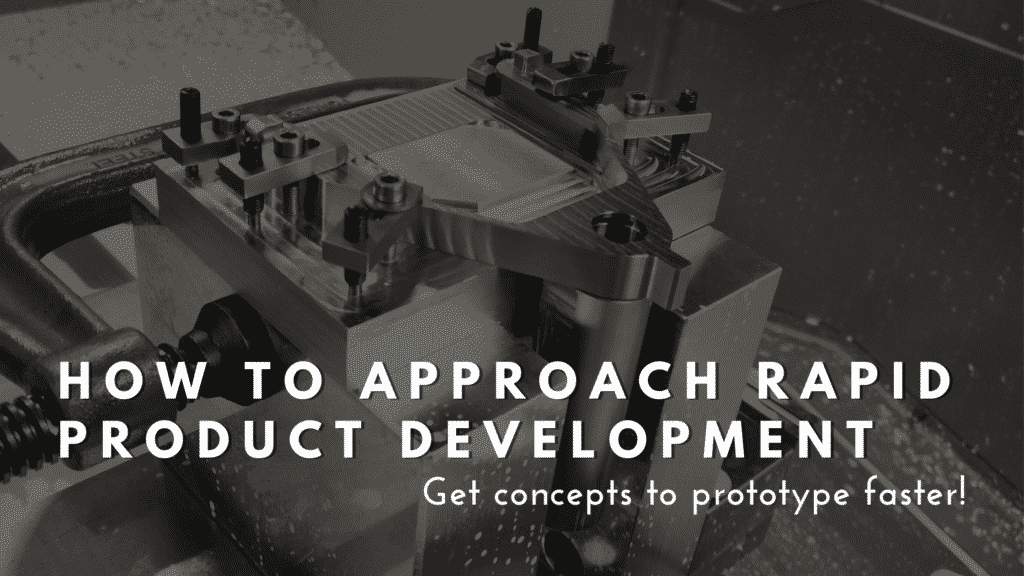As product development schedules continue to compress, so do the need to accelerate concepts into prototypes. We turn to an expert on the subject, Bill Schnoebelen, President of Circuit Case Engineering, to learn how he approaches and navigates the early stages of product development. Through many years of working with small R&D teams and early stage start-ups, Bill has developed a “bullet proof” methodology to get from “Fast to Functional”.
Here is what he had to say:
Ever look at new or sometimes old technology, and think how do they do that? It must be magic! Well don’t be afraid to start with describing your solution as magic. If we knew how it worked, we would know how to describe it. We don’t so it is okay to call the black box magic.
Of course you are going to brainstorm as to what will make the magic happen. You will want to break down each solution into smaller, easier to manage chunks.
At this point you want to assign risk to each chunk. This is where you want to focus your effort!
90% of the time I do this process in my head and napkin sketches. On larger or more critical projects, you will want to follow parallel design paths to reduce risk.
When you build your first prototypes you want to focus on eliminating the risks. Prototypes don’t always work. This is okay since you want to learn this sooner rather than later.
My prototyping strategy is pretty simple: STREAMLINE THE SUPPLY CHAIN. If I take a few days to design and document in CAD, wait a couple of days fofr a quote, then wait at least a few days for parts…. You get the idea. My week is gone and I did not build one design. If something goes wrong, I will have to wait for new parts or rework.
Instead I combine CAD with physical builds. Depending on the project, I may start out with a cardboard simulation, throw that into CAD, and the mill parts. I have a lot of scrap and raw stock on hand. I use both to visualize and simulate. It is fast and easy to weld up a frame or machine a fixture. Since everything is in one room, the iteration time is very quick! I can design, build, and adapt within hours.
You cannot take enough pictures! Luckily CAD and pictures have become much easier to securely share on the web.
I treat designs like water or electricity looking for the path of least resistance. I may inadvertently pass up a solution. Keeping good notes and documentation gets me back working on an alternative solution quickly!
80% of your effort will go into finishing the last 20% of the project. The team and effort keeps growing. You are dealing with vendors machining parts, CMs assembling, and all the documentation and communication between them.
I have been called in at this point to fix products which would not work. The companies had invested boatloads of money on digital documentation and now multiple full sets of parts. None of which was ever proven in the real world as a prototype. They were all on a ‘fast track’ and did not have time for prototypes.
The last 20% goes a lot smoother if you know your device works. The only way to find out is to build it! This is why we focus on design and build.
Good advice indeed. Whether you want to streamline the development process or hedge your bet by using parallel design paths, working with Circuit Case Engineering will get you to the finish line faster. With Bill’s savvy and his arsenal of fabrication toys, he can help eliminate some risks and wasted time and put you on that smooth last 20%.
To learn more about Circuit Case Engineering, contact us today:

